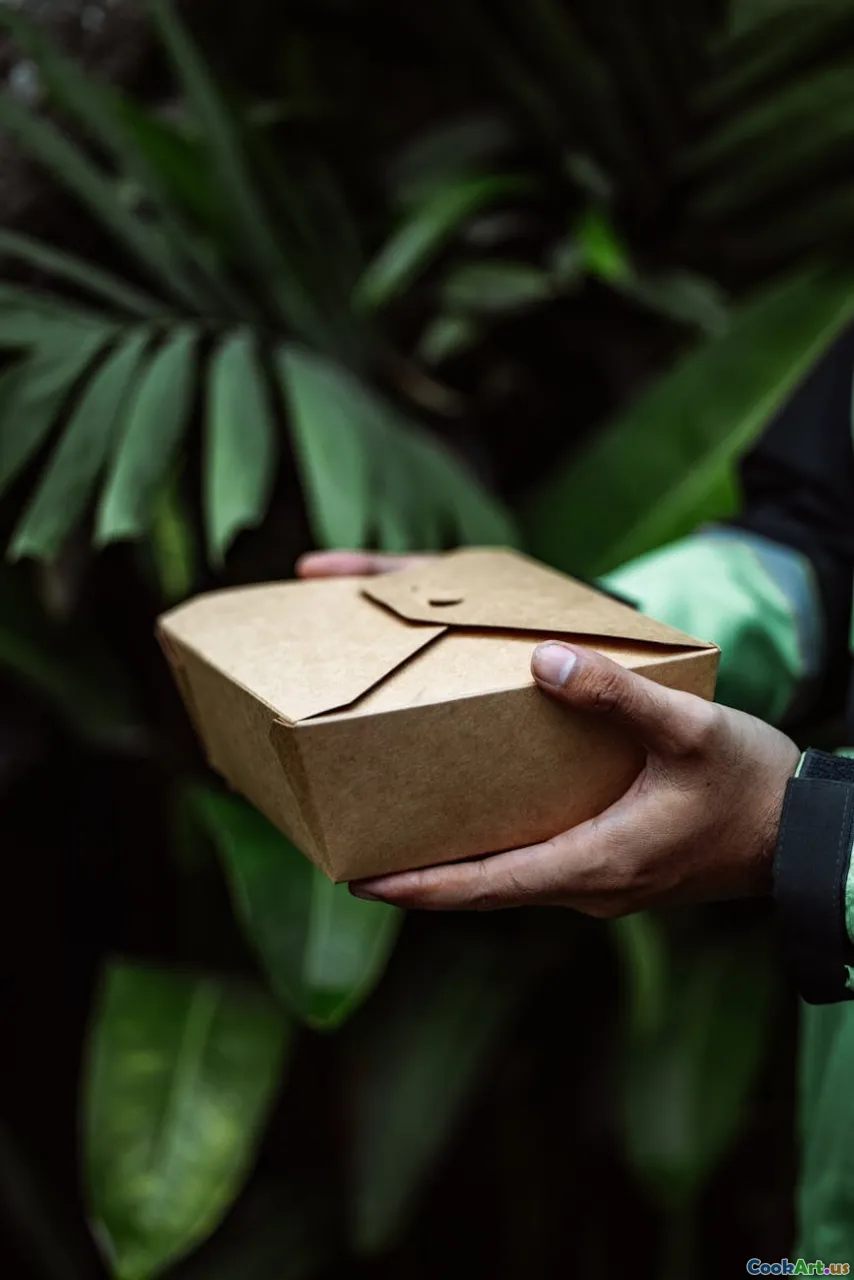Biodegradable Food Packaging Trends
5 min read Explore the latest trends in biodegradable food packaging and how they are reshaping the culinary landscape towards sustainability. April 06, 2025 21:00
Biodegradable Food Packaging Trends
As the world grapples with the pressing issue of plastic pollution, the food industry is stepping up to the plate with innovative solutions. Biodegradable food packaging is at the forefront of this movement, aiming to reduce waste and minimize environmental impact. In this article, we’ll delve into the current trends in biodegradable food packaging, exploring materials, technologies, and the cultural shifts driving this change.
Understanding Biodegradable Packaging
Biodegradable packaging refers to materials that can decompose naturally over time, breaking down into non-toxic components. Unlike conventional plastics, which can take hundreds of years to decompose, biodegradable options offer a more sustainable alternative. These materials often come from natural sources such as starch, cellulose, and plant fibers, making them an attractive choice for environmentally conscious consumers.
Key Trends in Biodegradable Food Packaging
1. Plant-Based Materials
Plant-based packaging is gaining traction as manufacturers look for sustainable alternatives to petroleum-based plastics. Materials like polylactic acid (PLA) derived from corn starch and polyhydroxyalkanoates (PHA) sourced from microbial fermentation are leading the charge. These materials not only decompose more quickly but also have a lower carbon footprint.
2. Active and Intelligent Packaging
Active packaging incorporates substances that can interact with the food to prolong shelf life, while intelligent packaging includes indicators that signal freshness. For example, biodegradable films that release antimicrobial agents help prevent spoilage without harmful chemicals. This dual functionality enhances sustainability and food safety.
3. Compostable Solutions
Compostable packaging goes a step further, breaking down into nutrient-rich compost in industrial composting facilities. As regulations tighten around waste management and consumer awareness grows, brands are increasingly adopting compostable options. Coffee cups made from compostable materials and takeout containers designed to break down in compost piles are becoming mainstream.
4. Customization and Branding
As competition heats up, brands are using biodegradable packaging as a unique selling proposition. Customized packaging that reflects a brand's identity while promoting sustainability resonates with consumers. Companies are investing in innovative designs using biodegradable inks and unique shapes that make their products stand out.
5. Regulatory Support and Consumer Demand
Governments worldwide are implementing stricter regulations on single-use plastics, boosting the demand for biodegradable alternatives. In parallel, consumers are becoming more environmentally conscious, seeking products that align with their values. This synergy is propelling the growth of biodegradable packaging in the food sector.
Cultural Shifts Driving Change
The rise of biodegradable packaging is not just a trend; it is a reflection of a broader cultural shift towards sustainability. Consumers are increasingly aware of their environmental footprint and are demanding transparency from brands. This has led to a surge in eco-friendly initiatives, from farm-to-table practices to zero-waste restaurants, all of which complement the biodegradable packaging movement.
Challenges Ahead
Despite the promising trends, challenges remain. The cost of biodegradable materials can be higher than conventional plastics, and the infrastructure for composting and recycling is still developing in many regions. Additionally, consumer education is crucial; understanding how to properly dispose of biodegradable packaging can impact its effectiveness in reducing waste.
Conclusion
The future of food packaging lies in sustainability, and biodegradable options represent a significant step forward. As the industry continues to innovate, we can expect to see more creative solutions that not only meet consumer demands but also contribute positively to our planet. The shift towards biodegradable food packaging is not just a trend—it's a necessary evolution in the culinary landscape, fostering a culture of sustainability that benefits everyone. Embracing these changes will pave the way for a greener future in food technology.









